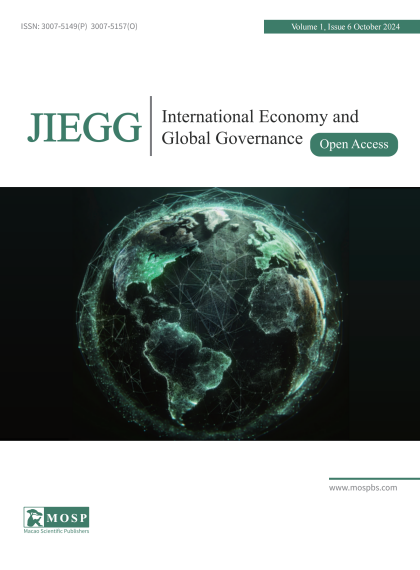Abstract
Since the Trump administration took office in 2017, American’s policy toward China has exhibited highly assertive characteristics. In terms of the South China Sea issue, Washington began to exert more pressure on Beijing. Recently, the Biden administration has continued some of the Trump administration’s approaches by conducting freedom of navigation operations in the South China Sea, reinforcing U.S. military presence, and stigmatizing China’s activities in the region. Simultaneously, the Biden administration has shifted to rally South China Sea claimant states to harshly confront China over the South China Sea issue. In this sense, the Biden administration’s measures to the issue are a response to the fulfillment of U.S. national interests, the restoration of American’s international credibility, and the maintenance of domestic support amid heightened political polarization. These approaches are likely to prompt some claimant states to undertake more assertive and risky actions, affecting the resolution of the issue, and leading to the linkage of the South China Sea issue with other matters.
Keywords: Biden Administration, Trump Administration, South China Sea, South China Sea Policy
Download the full text PDF for viewing and using it according to the license of this paper.

